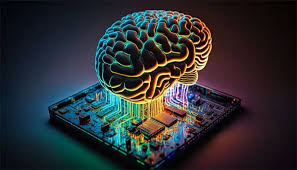Neuromorphic Computing:

The researchers at the Indian Institute of Science (IISc) have developed a neuromorphic or brain-inspired analog computing.
- This system is capable of storing and processing data in 16,500 states using molecular film.
- Neuromorphic computing is a process designed to mimic the structure and function of the human brain using artificial neurons and synapses.
- It represents a significant shift from traditional binary computing to neuromorphic computing, allowing systems to learn from the environment.
- It involves the use of Artificial Neural Networks (ANN) made up of millions of artificial neurons, similar to those in the human brain.
- These neurons pass signals to each other in layers, converting input into output through electric spikes or signals, based on the architecture of Spiking Neural Networks (SNN).
- This allows the machine to mimic the neuro-biological networks in the human brain and perform tasks efficiently and effectively, such as visual recognition and data interpretation.
- Brain-Inspired Design: Neuromorphic systems replicate the brain’s architecture, particularly the neocortex, which is responsible for higher cognitive functions such as sensory perception and motor commands.
- These systems use spiking neurons that communicate through electrical signals, closely resembling biological neuronal behavior.
- This design allows for parallel processing and real-time learning.
Integration of Memory and Processing: Unlike traditional von Neumann architecture, which separates memory from processing, neuromorphic systems integrate these functions, enhancing computational efficiency.




